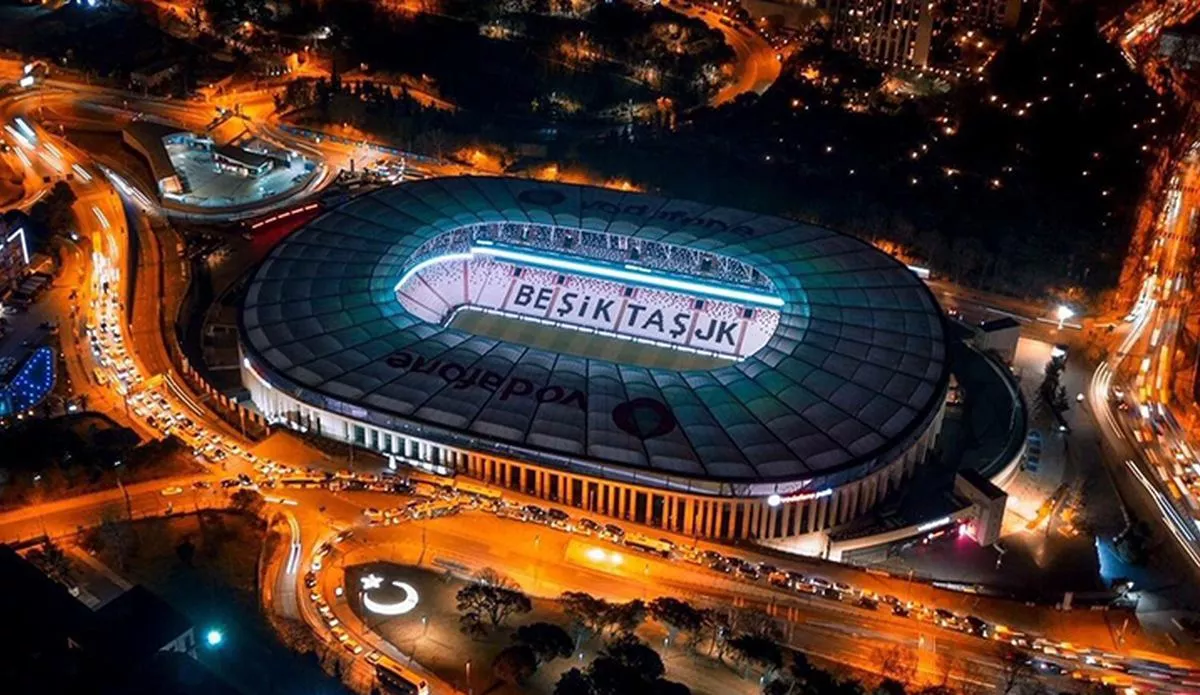PTFE
PTFE
PTFE fiberglas membranlar, soğuk havadan kavurucu çöl sıcağına kadar değişen iklimlerde, 30 yılı aşan proje ömrü ile kullanılır. PTFE fiberglas kaplama kimyasal olarak etkisizdir ve -100°F ila +450°F (-73°C ila +232°C) arasındaki sıcaklıklara dayanabilir. Malzemenin düşük yüzey serbest enerjisi, yağmur suyuyla kolayca temizlenen bir yüzey oluşturur. Ayrıca UV bozulmasına karşı tamamen korumalıdır. PTFE kaplı cam elyafı membran, ASTM E-136 / Sınıf A (Substrat Yanmazlığı) yanmaz olarak geçer. Eylemsizlik, termal kararlılık ve yüzey özelliklerinin bu benzersiz kombinasyonu, PTFE kaplı kumaş membranını üstün hava ve yangın direnci gerektiren projeler için ideal hale getirir.
Güneş enerjisi özelliklerinin bilimsel testleri sırasında, PTFE fiberglas membranların güneş enerjisinin yüzde 73’ünü yansıttığı ve dış yüzeyinde sadece yüzde yedi tuttuğu keşfedildi. Bazı PTFE fiberglas dereceleri güneş enerjisinin yüzde 14’ünü emebilirken, doğal gün ışığının yüzde 13’ünün ve yeniden yayılan enerjinin (güneş ısısı) yüzde yedisinin geçmesine izin verebilir. PTFE’nin fiberglas iplikleri, sırasıyla 40.000 PSI ve 29 x 106 PSI sunan çeliğe kıyasla 500.000 PSI’lık nihai gerilme mukavemetini ve 10.5 x 106 PSI’lık bir esneklik modülünü korur. Normal koşullar altında, kumaş elastik davranır ve önemli bir gerilim gevşemesi veya sünme göstermez. Dokuma fiberglas, PTFE fiberglas membrana mekanik mukavemetini verir. Beta cam olarak bilinen bu filamentler, mevcut olan en küçük çaptadır ve zara maksimum esneklik sağlar. Elyaflar, sıcakta eriyen camdan platin kalıplardan geçerek sürekli filamentler halinde çekilir ve daha sonra bükülür ve iplik demetleri halinde katlanır. İplikler, daha sonra işlemi tamamlamak için PTFE cam elyafı ile kaplanan geniş bir yapısal kumaşa dokunuyor. PTFE fiberglas membranı geleneksel camdan ayıran temel unsur, avantajlı gölgeleme katsayısıdır. Aydınlatma seviyeleri arttıkça, daha soğuk iklimler bile PTFE fiberglas membran kullanılarak genel enerji tasarrufu sağlayabilir. Çok sıcak iklimlerde, düşük aydınlatma seviyeleri bile PTFE fiberglas membranı geleneksel sistemlere göre enerji tasarrufu sağlar.

PTFE Malzeme Tedarikçilerimiz:
Müşterilerimize kaliteyi sağlamak için dünyadaki en iyi membran üreticilerinden hammadde tedarik ediyoruz.
- Fiberflon
- Verseidag
Dokuma ve kaplamadaki olağanüstü uzmanlığına dayanan Verseidağ Coating & Composite, büyük inovasyon gücüyle her türlü pazar için özel çözümler üreterek birçok farklı müşteri talebini karşılayabilir.
- Saint Gobain – Sheerfill
Daha fazla bilgi için bize ulaşın:
https://www.etnayapi.com/iletisim/


